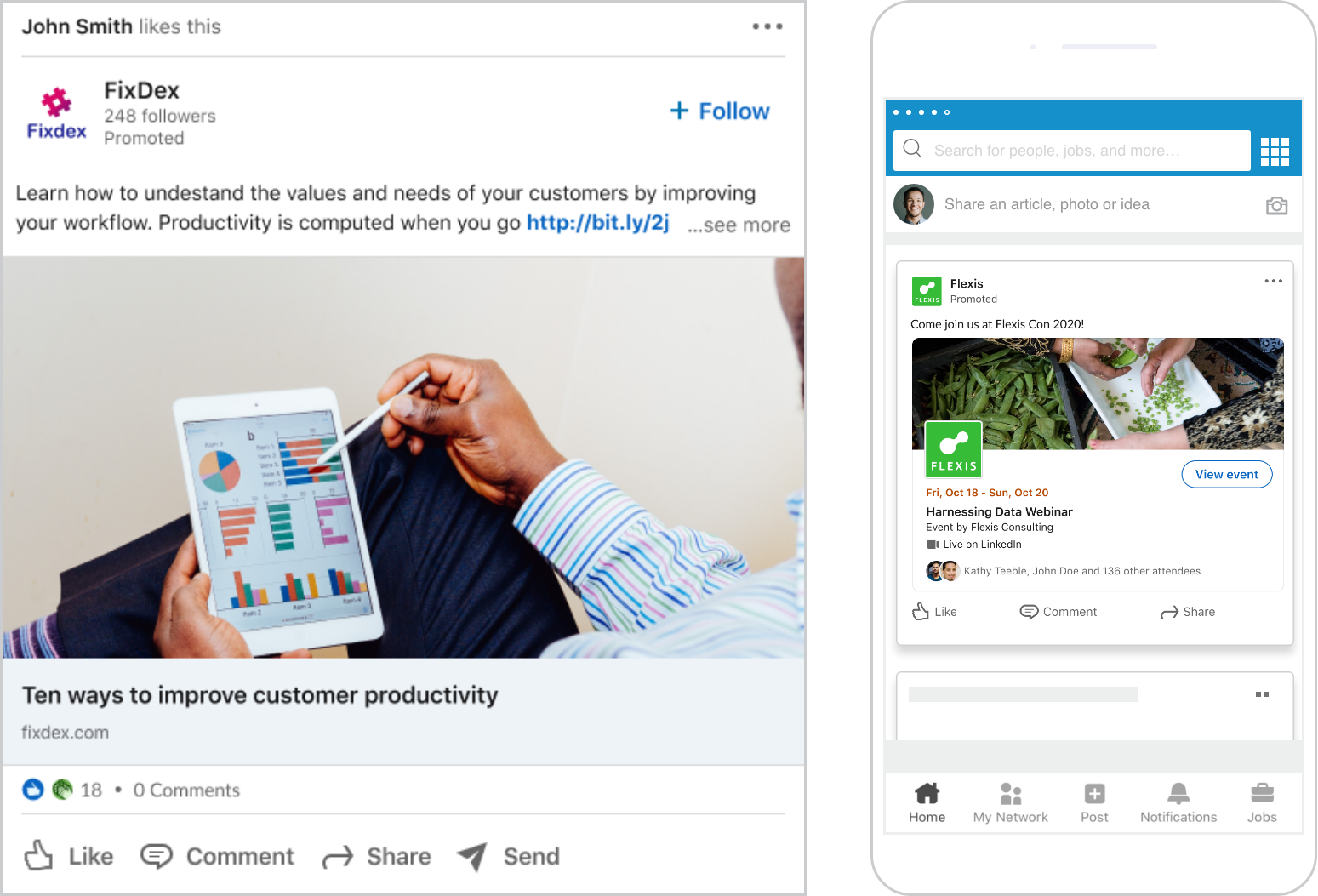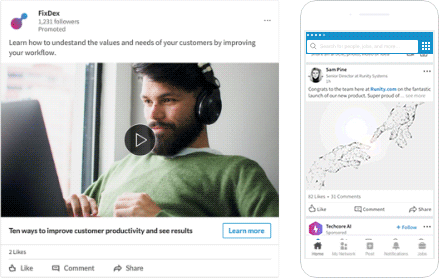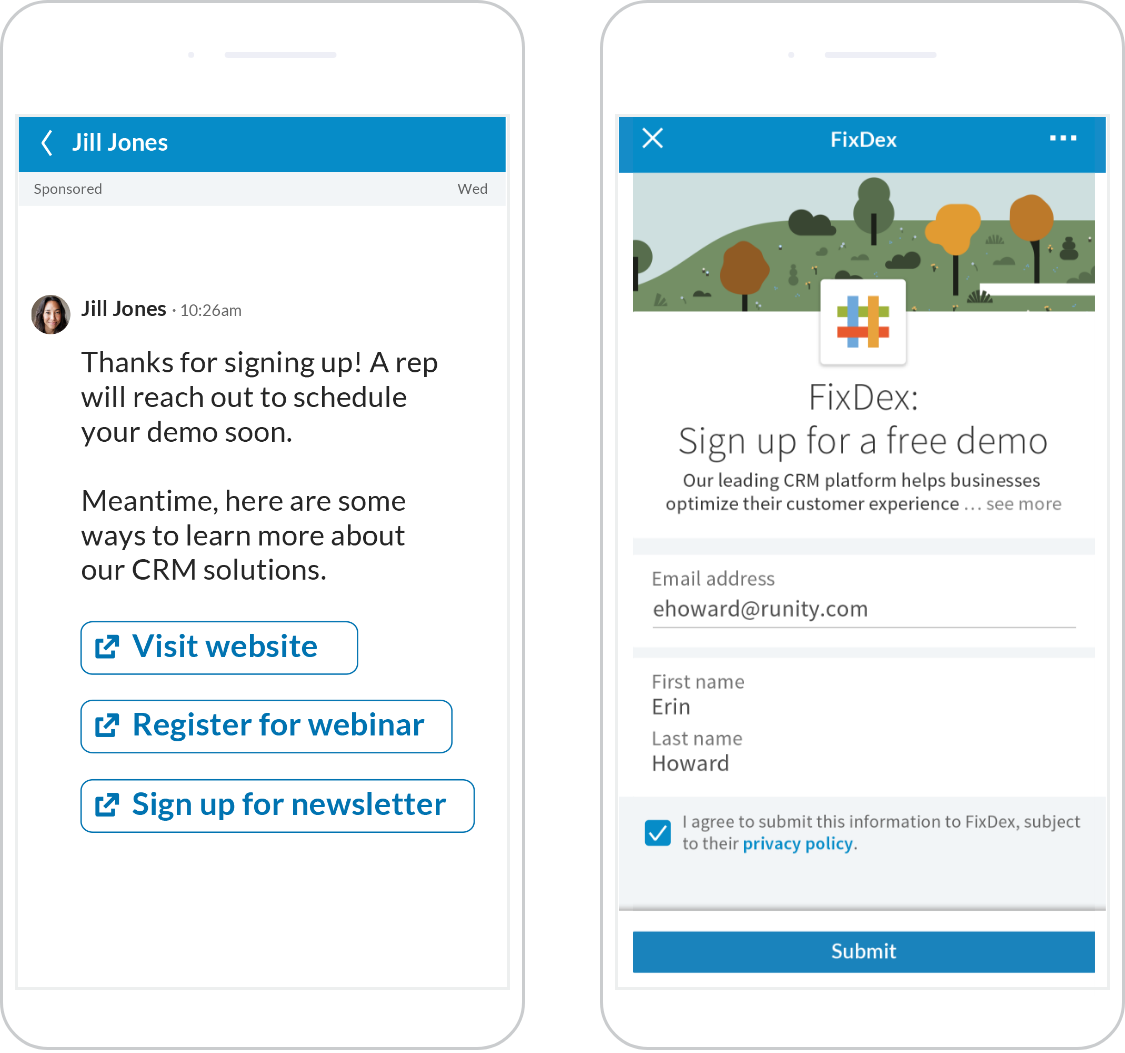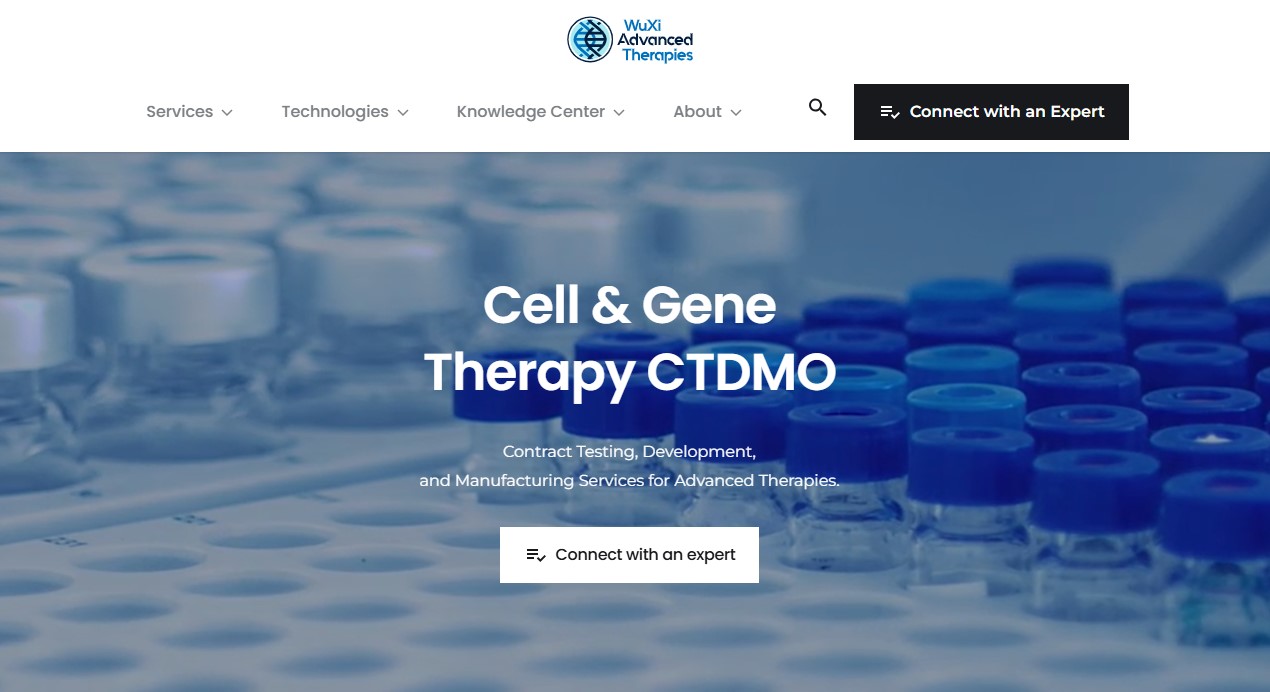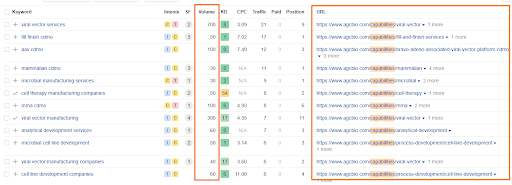In the competitive landscape of medical device marketing, the quest to effectively reach healthcare professionals and decision-makers has always been difficult.
The dynamic nature of the healthcare industry demands a strategic approach that not only showcases the technical prowess of your medical devices but also establishes trust, addresses pain points, and offers tailored solutions.
By the end of this blog, you will be able to create strategic approaches in your marketing that will help your medical devices stand out.
In this guide, we delve into five expert-level tips that can elevate your medical device marketing game. From crafting content that resonates with your buyer persona to leveraging the power of paid advertising and SEO, these strategies are designed to create a robust marketing framework that resonates with your target audience, builds credibility, and drives meaningful conversions.
Table of Contents
Create Content for Your Buyer Persona
One of the key pillars of successful medical device marketing is tailoring your content to your specific target audience or buyer persona. As highlighted in our article on HCP marketing, understanding the pain points, challenges, and needs of your audience is crucial.
For example, this resource by McKesson on lab solutions for urgent care facilities is a prime example of tailored content. As McKesson provides lab solutions that are related to the topic, not only are they introducing themselves as a solutions provider but they are doing it in a way that is first and foremost beneficial to the end reader by showcasing how these solutions provide faster results and better patient experience.
By developing in-depth knowledge about the healthcare professionals (HCPs) and decision-makers who are likely to engage with your medical device, you can create content that resonates with them, address their concerns, provide solutions to their problems, and showcase the benefits of your device in a language that speaks directly to their expertise.
By showing that you understand their unique challenges and can provide valuable solutions, you’re more likely to build trust and credibility.
Outsource Content Marketing for Expertise in Conversion-focused Content
While you’re an expert in medical devices, you may not be an expert at creating persuasive and effective sales copy or understanding how to utilize content marketing to drive more leads and sales.
This is where outsourcing content creation comes into play. By partnering with vendors that specialize in biotech content marketing and offer different areas of expertise – graphic design, marketing, writing, etc. – you can take your medical device marketing beyond the merits of the product itself.
At Digital Elevator, we focus on SEO-driven content marketing for biotechs, meaning we couple effective content with search engine keyword volume research.
For example, this resource from ThermoFisher Scientific on “Useful Numbers for Cell Culture” is a great example of conversion-focused content. Here’s why:
- It provides an easy-to-use reference point for the target audience to utilize
- The page ranks for over 1,100 keywords (according to Ahrefs), including “useful numbers for cell culture” which gets an estimated 2,300 searches per month alone
- The resource naturally introduces relevant product categories as ThermoFisher understand that a searcher looking for appropriate cell culture dishes and flasks may need to purchase more based on this resource
Whether it’s crafting engaging articles, designing visually appealing infographics, or producing persuasive marketing copy, outsourcing ensures that your content is not only accurate but also captivating.
Your Website as Your Primary Sales Tool
In medical device marketing, your website serves as more than just an online presence; it’s a dynamic platform that can drive your sales and conversions. Your potential customers, whether they are healthcare professionals or decision-makers, often turn to your website for detailed information before making purchasing decisions.
Your website should function as an intuitive and informative hub that not only showcases the features of your medical devices but also educates visitors about its applications, benefits, and real-world user experiences.
To achieve this, focus on incorporating captivating visuals, user-friendly navigation, and compelling Calls to Action (CTAs) strategically placed throughout your website. Include detailed product descriptions, case studies, success stories, and any relevant certifications or awards that underline the credibility of your medical device. By creating a seamless online experience, you can capture leads, nurture prospects, and guide them through their decision-making process.
Let’s look at the following example from Qiagen. On their website, can easily navigate with their simple menu bar at the top, a panel of rotating images with different CTA’s, and multiple custom graphics related to applications. This home page is an example of a good sales tool as it helps funnel visitors down a path with an easy-to-use interface and site structure.
An additional aspect of using a website as a sales tool is building trust and credibility. It’s one thing to say “our products are the best” and another when other trusted references do it for you.
Throughout their website they have littered several instances of subtle social proof. For example, in their case stories section, they have multiple doctors talking about how great and effective their products are. This gives Qiagen respect and authority, resonating with their potential customers as these claims come from third-party clients.
In another social proof example, at the top of this page, we see the logos of brands Qiagen is associated with. These provide a subconscious level of social proof and credibility that a visitor would likely take comfort in should they be considering using the brand. Second, they have a blog section with informative articles that establish them as a thought leader in the space.
Leverage Paid Ads to Fill Your Sales Pipeline
Paid advertising is a strategic avenue for accelerating your medical device marketing efforts. Google Ads, as highlighted for search intent, allow you to capture the attention of ideal clients actively searching for relevant keywords related to your device(s). This ensures that your product is visible at the precise moment when potential customers are seeking solutions.
Below, we see two different ad types. The top ad with pictures are Google Shopping Ads while the second are Google Search Ads. This is valuable real estate for brands that want to get in front of searchers with purchase intent.
Additionally, LinkedIn ads are also effective for targeting Ideal Customer Profiles (ICPs) in the medical field. The platform’s advanced targeting options enable you to reach specific job titles, industries, and professional demographics.
Related: Biotech Account-Based Marketing Strategy for LinkedIn Ads
For these ad types, it is recommended to partner with a company experienced with biotech paid media so that they can evaluate and recommend paid advertising opportunities on a case-by-case basis.
SEO for Full-Circle Sales Cycle Awareness & Lead Generation
SEO can drive organic traffic, generate leads and ensure a continuous flow of engaged prospects through the various stages of your sales funnel. For medical device sales specifically, an SEO plan should revolve around:
- Product pages
- Category pages (see example below)
- Supporting content to drive traffic and brand awareness
For example, the below page from DRE Medical appears to have invested in some SEO in order to rank this page on ENT Equipment.
They rank number 1 for key high purchase intent keywords such as “ent medical supplies,” “ent equipment” and others related to their product offerings. This is an example of bottom-of-the-funnel SEO as it relates to purchase intent.
The site also does a good job of funneling search traffic for top-of-the-funnel searches with its medical glossary, which ranks for general searches like “nasalplasty” or “fulguration.”
Related: Biotech SEO: 5 Strategies for Top Rankings
If your company doesn’t have in-house staff to constantly work on developing your SEO for the medical devices, it is strongly encouraged that you partner with an agency that can help make sure your medical devices don’t slip through the cracks.
Incorporating these expert-level tips into your medical device marketing strategy can position your brand for success, resonate with your target audience, and enhance your overall marketing effectiveness.


